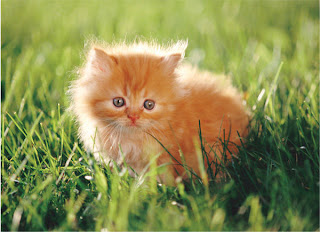
1. They are not unlike fast growing babies. They start off lying in your arms looking at peace with the world but before you know it they’re at the “toddler” stage and running up drapes and under rugs!
2. They are fussy eaters. Even the smallest kitten will spit out everything it doesn’t believe to be the very best available – oh and “the best” is very subjective, it depends less on the price/brand and more on the cat’s likes and dislikes!
3. Which brings us onto number 3, your kitten will grow into an opinionated cat with strong likes and dislikes. It won’t care if that’s your chair, your child’s bed, an antique sofa or fragile houseplant. If your cat likes it, it’s his!
4. If you have friends and family who don’t like – or even better, are allergic to – your kitten from a very young age will see these as their new best friend and insist on sitting on their lap!
5. Don’t believe what your cat tries to make you think – it is possible to train a cat to do certain things. Just take potty training as an example, you can train a cat to use a litter box, so it follows a cat is capable of learning. Unfortunately an ability to learn does not automatically mean a willingness to learn, especially in a cat!
6. A kitten will grow, and grow fast. Remember this as you think it’s cute to have that tiny ball of fluff curled up next to you on your pillow at night! Pretty soon that little kitten is going to take up all the pillow, and not be happy when it suddenly finds itself on the cold floor in a property fight over whose pillow it is!
7. A kitten will quickly worm itself into your heart and stay there – so make sure you only take enough money to buy one or you could end up bringing two or three home because you couldn’t choose between two of them, and then the third one looked so lonely!


